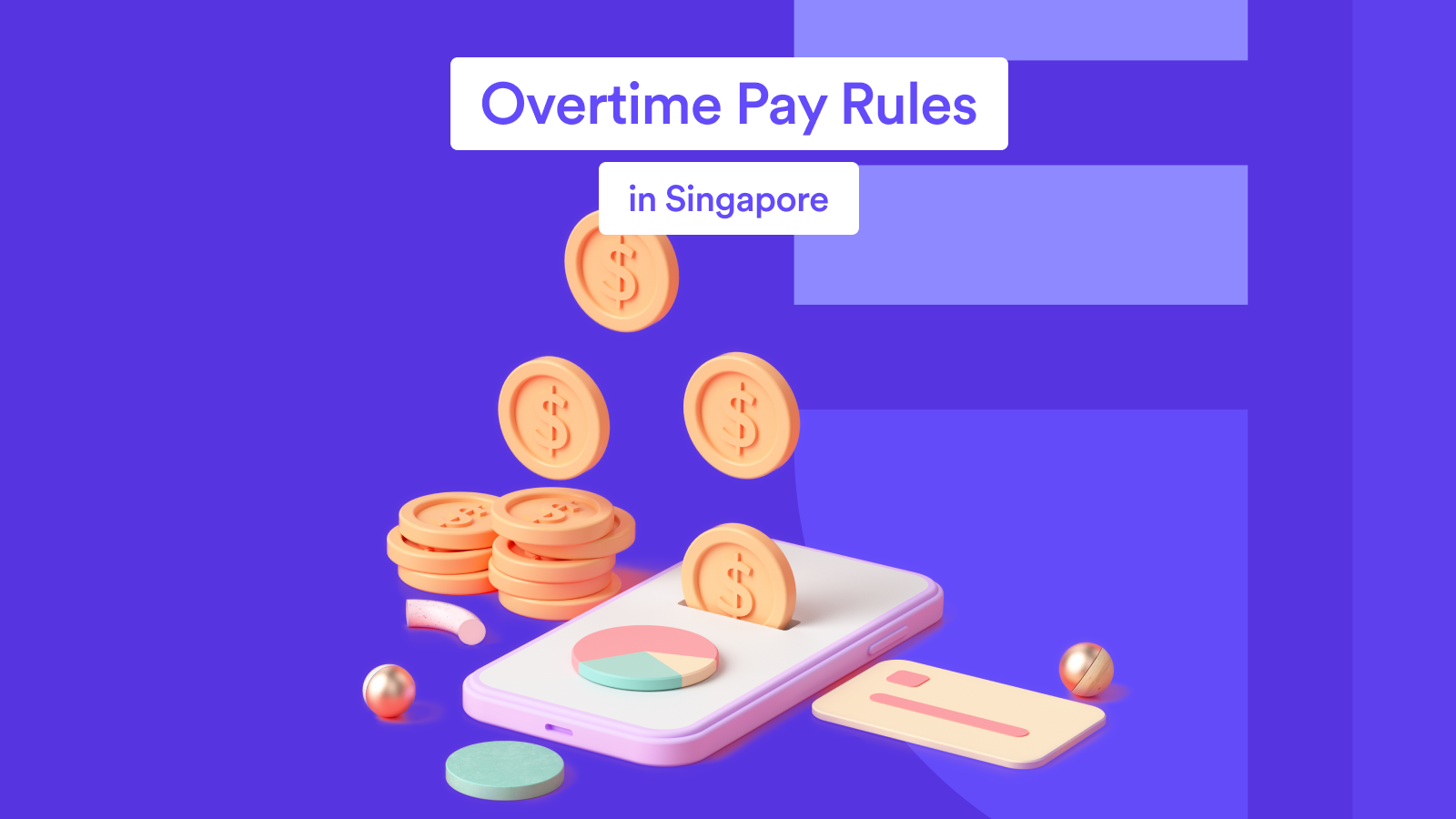As an employer or HR professional in Singapore, understanding the intricacies of maternity leave regulations is crucial. The island nation has robust policies in place to support working mothers, and adhering to these laws is not just a legal obligation but also a testament to your company's commitment to employee well-being.
This comprehensive guide will walk you through the essentials of maternity leave in Singapore, covering eligibility criteria, leave entitlements, and best practices for HR and management teams.
What is Maternity Leave?
Maternity leave is a period of absence from work granted to expectant mothers before and after childbirth. This leave allows mothers to recover physically and emotionally while bonding with their newborns.
Paid Maternity Leave in Singapore
There are 2 different types of maternity leave in Singapore, let’s figure out the regulations for paid maternity leave first!
Eligibility Criteria for Government-Paid Maternity Leave
To be eligible for paid maternity leave in Singapore, an employee must meet the following criteria once they’re covered by Employment Act whether the employee is a Singapore citizen, PR, or foreigner:
- Employment Status: The employee must be employed under a contract of service (full-time or part-time) for at least 3 continuous months before the time of childbirth.
- Child's Citizenship: The child must be a Singapore citizen.
- Childbirth: The employee must have delivered the child or have had a stillbirth.
- Notice Period: The employees should give their employer notice at least 1 week before going on maternity leave, or will only be entitled to half the payment during maternity leave.
16 Weeks of Government-Paid / Employer-Paid Maternity Leave
Under the Employment Act in Singapore, eligible employees are entitled to 16 weeks Maternity Leaves and the following benefits depending on how many times that she has given birth:
Special Cases : Stillbirths, Miscarriages and Abortion
And here are some special cases that you need to aware:
- Stillbirths or the child dies after birth : If the employee meets the eligibility criteria for Government-Paid Leave, the employee will be eligible for full maternity leave and it will be counted for maternity leave benefits for the next delivery.
- Miscarriages or abortions : The employee will not be eligible for Maternity Leave.
Non-Paid Maternity Leave in Singapore
If an working mother doesn’t meet the criteria of paid maternity leave in Singapore, here are the criterias that she can apply for non-paid maternity leave:
- The employee is covered by the Employment Act.
- The employee must be employed under a contract of service (full-time or part-time) for at least 3 continuous months before the time of childbirth.
When an employee who is going to give birth and meets all criterias above, she could apply for 12 weeks of non-paid maternity leave.
Maternity Leave for Husband / Partner
In Singapore, there’s no “Maternity leave” for fathers / partners. But, they’re entitled to 2 weeks of government-paid paternity leave (GPPL) if:
- The child must be a Singapore citizen.
- The employee is or had been lawfully married to the child’s mother between conception and birth.
- The employee must be employed under a contract of service (full-time or part-time) for at least 3 continuous months before the time of childbirth.
- (If the employee is not the adoptive father) The employee must be lawfully married to the child’s mother between conception and birth.
For those working fathers / partners who’ve met the criteria above, they’re entitled to 2 weeks of GPPL.
Each week of GPPL is capped at $2,500, including CPF contributions.

Maternity Leave Benefits
In addition to leave entitlements, employees may be eligible for various benefits during their maternity leave, including:
- Maternity leave payment from the government
- Reimbursement of medical expenses
- Tax relief for working mothers
HR Best Practices for Maternity Leave
To ensure compliance and support for your employees, HR teams should:
- Communicate Policies: Clearly outline maternity leave policies and benefits in the employee handbook and during onboarding.
- Plan Ahead: Develop a plan for managing workloads and covering responsibilities during an employee's maternity leave.
- Provide Support: Offer resources and support systems, such as access to counseling or lactation rooms upon the employee's return.
- Stay Updated: Regularly review and update policies to align with any changes in Singapore's maternity leave regulations.
Conclusion
Maternity leave is a crucial aspect of Singapore's employment landscape, designed to support working mothers and promote work-life balance. By understanding and adhering to the relevant laws and regulations, employers can foster a supportive and inclusive work environment, attracting and retaining top talent.
Remember, maternity leave policies not only ensure legal compliance but also contribute to employee satisfaction, productivity, and overall company culture.
For more information and updates on maternity leave in Singapore, refer to the Ministry of Manpower's website and consult with legal professionals as needed.
Ensuring Compliance for a Supportive Work Environment
As an employer in Singapore, understanding and complying with childcare leave regulations is crucial. This not only avoids legal penalties but also fosters a supportive and family-friendly work environment.



.png)

.png)